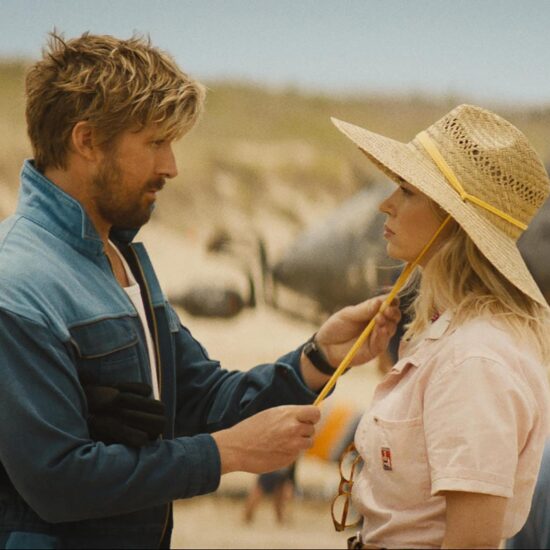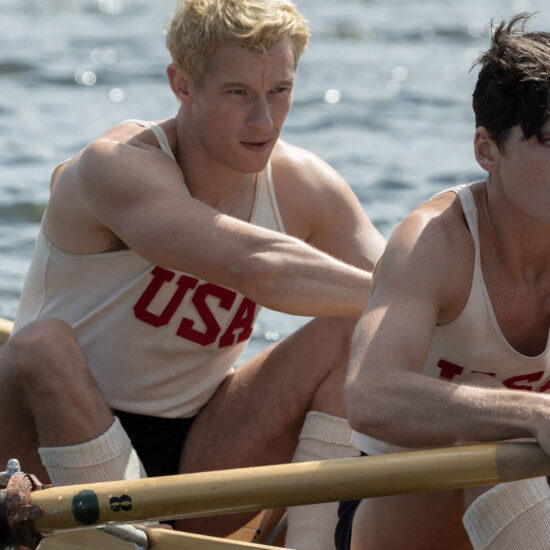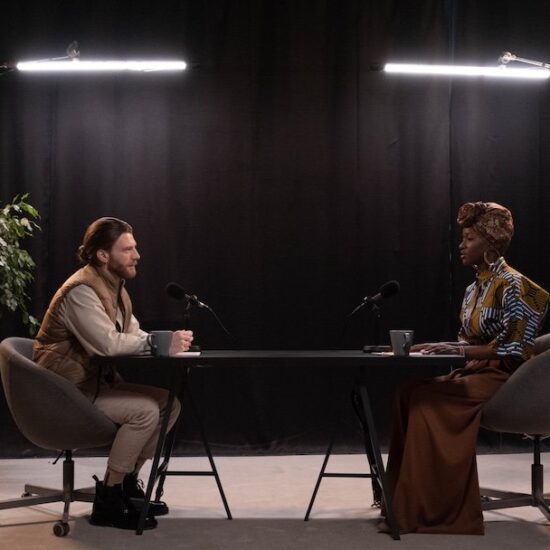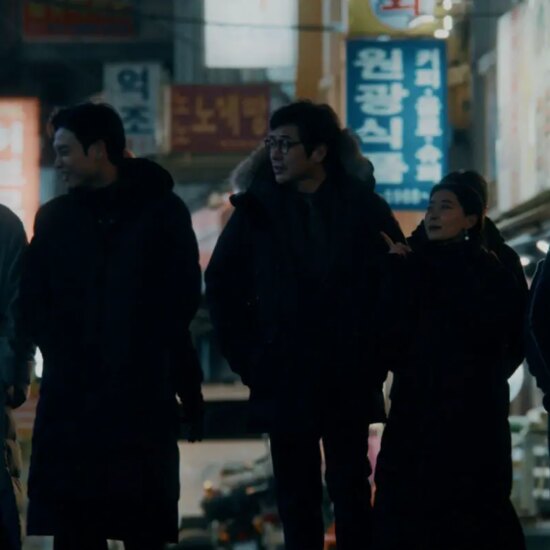
NOW IN THEATERS! You will either love or hate Ann Oren’s art-house psychodrama Piaffe. There will certainly be those that respond to its high aspirations. I normally love unconventional cinema like this. However, I found the film borderline insufferable. Pretentious to the Nth degree, Oren’s visual essay resembles a project by a complacent college grad; it taught me nothing new – certainly nothing I haven’t seen done better in countless films before it. The self-satisfied approach proved aggravating, nor did I find the blank performances compelling. But it’s so 2023.
If you’ve seen Splice, Thale, or Zoology, then the notion of seeing another flick about a chick with a dick – sorry, I meant to say another tale about a female with a tail – will not sound all that original to you; certainly not as original as Oren seems to think her creation is, treating each frame like it’s beamed directly from the celestial mountains of unadulterated creativity. The fact that it purports to function as a not-so-thinly-veiled parable about the limitlessness of sexuality, gender fluidity, and the marginalized makes it that much more unbearable.
When Eva’s (Simone Bucio) transgender sibling Zara (Simon Jaikiriuma Paetau) experiences some sort of a nervous breakdown, Eva takes over her role as a foley artist. Because that’s what happens in real life: when someone loses their job, their sibling steps in and takes over. Eva is not very good; her “foleying” on a horse commercial enrages the flamboyant director. She repeatedly tries to visit Zara in the psych ward until they finally let her in – the experience doesn’t go well. Next thing she knows, Eva grows a stallion tail.
“…Eva whinnies and neighs and almost gallop-dances…”
A hairy little stump at first, it quickly sprouts into a bushy tail – and she seems quite excited. She develops a kinky relationship with botanist Dr. Novak (Sebastian Rudolph), acting more and more like a horse. This culminates in a club scene, where to the throbbing sounds of pounding techno, Eva whinnies and neighs and almost gallop-dances. The final shot, an – ahem – intimate moment between siblings, exemplifies the film’s “look at me” pseudo-artistic tendencies.
Shot on grainy film, Piaffe includes shots that repeat themselves (such as when the camera pans up on Eva hitting her leg with a boxing glove, then the same pan occurs three more times, just because), flashes of over-saturation and overexposure, weirdly painted shots, frequent imagery of odd plants, slow-motion shots, and lots and lots of silence in-between, to make the viewer ruminate on all that Art they’re observing.
Some parts resonate. A sequence involving a rose caressing a human body before being inserted into a gullet, thorns and all, is as sensual as it is uncomfortable and masochistic. I also appreciated the electronic music soundtrack, ranging from abstract to techno to IDM, which complemented the otherworldly vibes of the flick.
I get what Oren is going for here, yet that unidentifiable smugness supplementing every scene sinks the project. As I said, this is one of those features that may just gel with a certain type of crowd. Just like some folks adore Miranda July’s whimsy, and others, like me, can’t stomach it. “Our concepts of male and female are insufficient to understand ferns,” says one of the few characters in the film. Perhaps my concept of modern art-house cinema is insufficient to be able to respond to Ms. Oren’s oeuvre.













